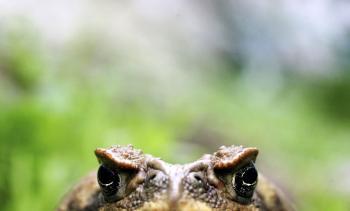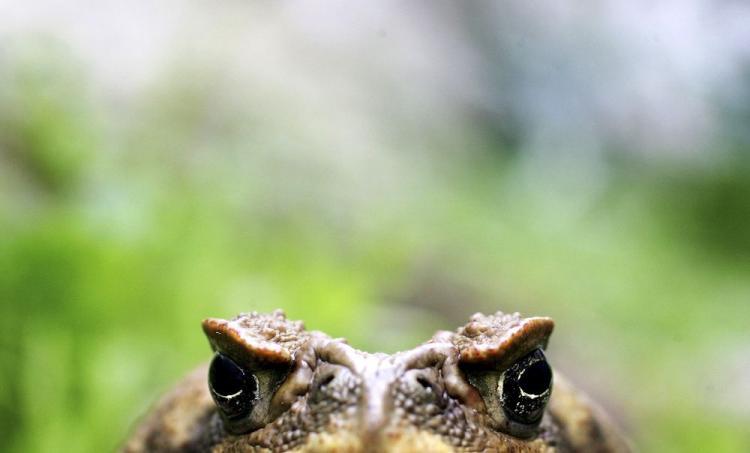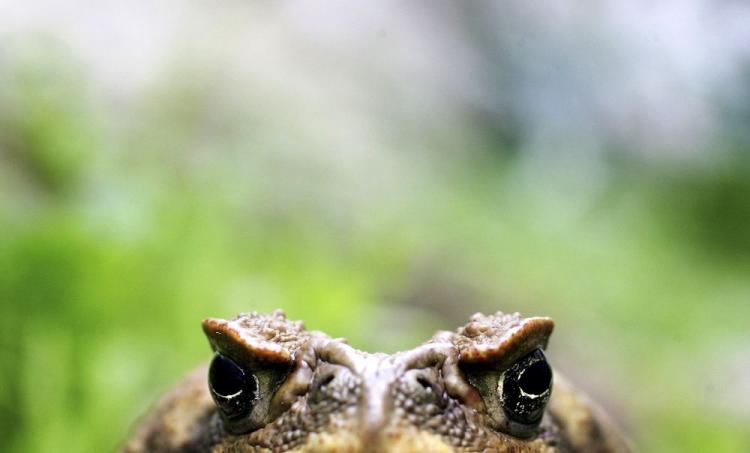New Dispatches from Australia’s Toad Front Line
Since its introduction North Queensland’s cane fields, the cane toad has rarely received good press.

Prolific breeders, cane toads seem to survive just about anything including an extraordinary array of eradication campaigns. Ian Waldie/Getty Images
|Updated:





